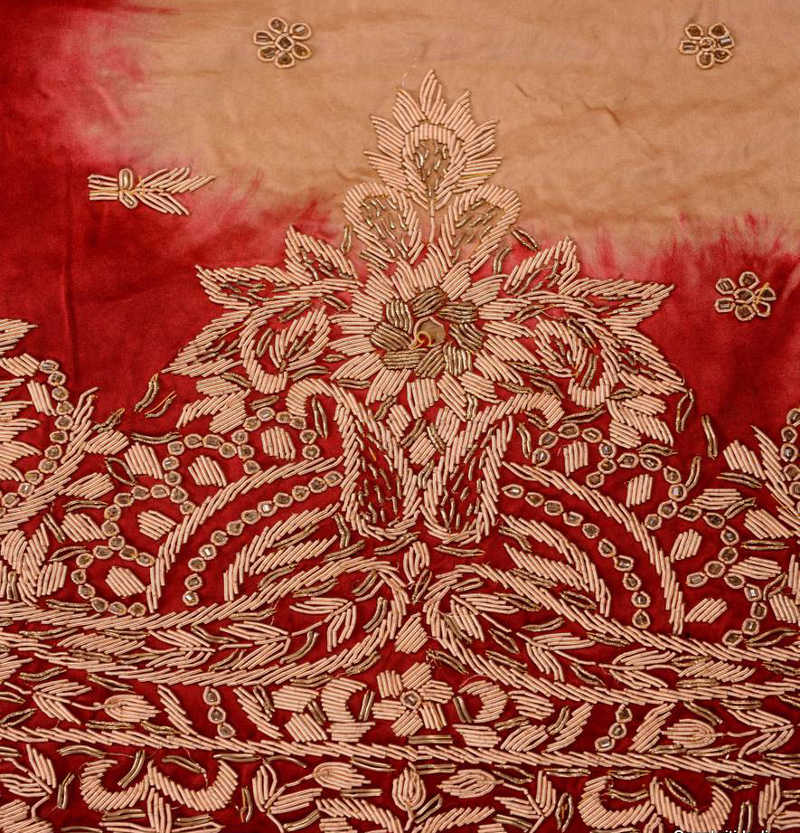===
0386,
3
===

=== |
 |
FWP:
SETS
MOTIFS
NAMES
TERMS == THEMEThe basic conceit is that the dark spot in the center of the tulip is a 'wound'. For more on this, see G{33,1}.
Note for grammar fans: I had been strongly inclined to read lālah to instead of lālah tū in the second line. But I was curious about the grammar, so I consulted SRF. He replied emphatically (May 2016):
Arey yar there's no way to read to here instead of tū . For to is an affirmative intensifier or a conditional intensifier. It is always followed by a result, or a 'but':
maiñ tomār kar us kā muñh toṛ detā magar....
maiñ tokisī kī bāt bardāsht nahīñ kar saktā .
kuchh bhī ho jāʾe maiñ to chup to rahūñgā .
maiñ to ẓarūr boltā lekin vahāñ suntā kaun hai .
vuh to chale gaye hote lekin sāmān nahīñ taiyār thā .You can see that there's no way the line can be read as anything but addressing the lālah .
I had of course been thinking of the more general uses of to , the cases in which it means something like 'then'. I was taking the line as something like 'To whom, then, is the tulip showing its scar?' But SRF obviously finds that idea overextended. I'm including his examples here just to show how he thinks most centrally about to .